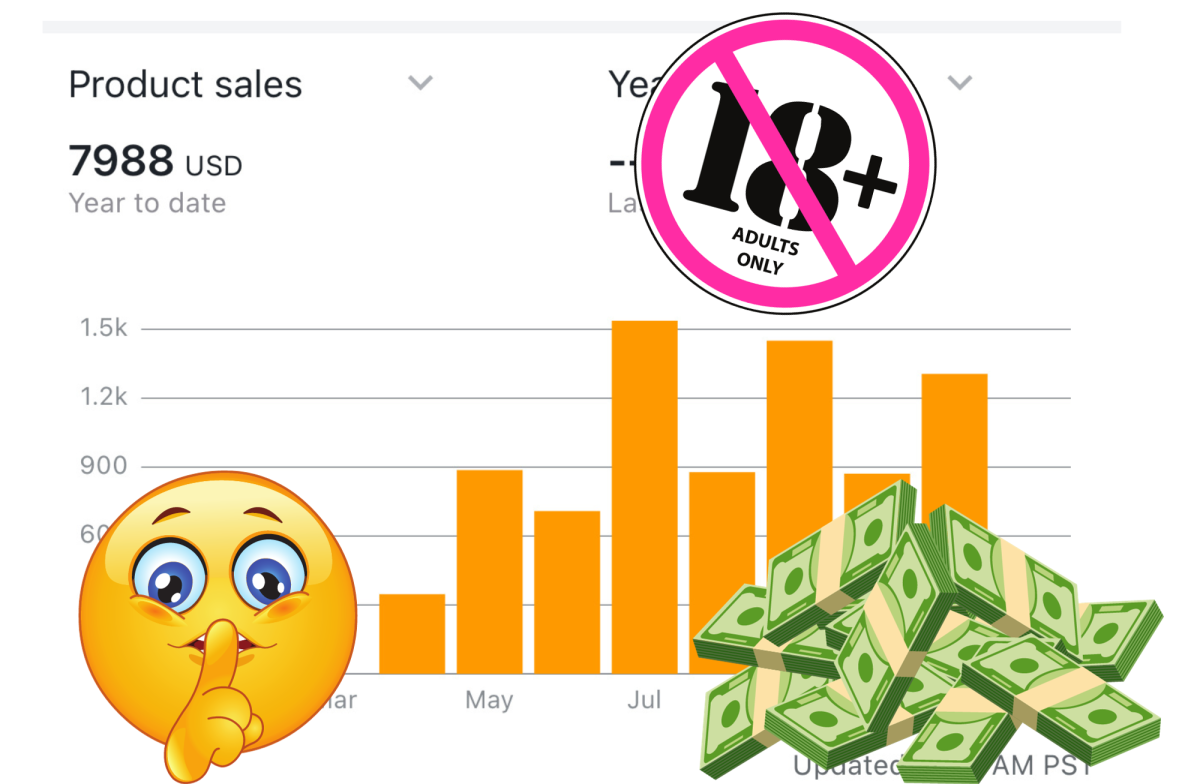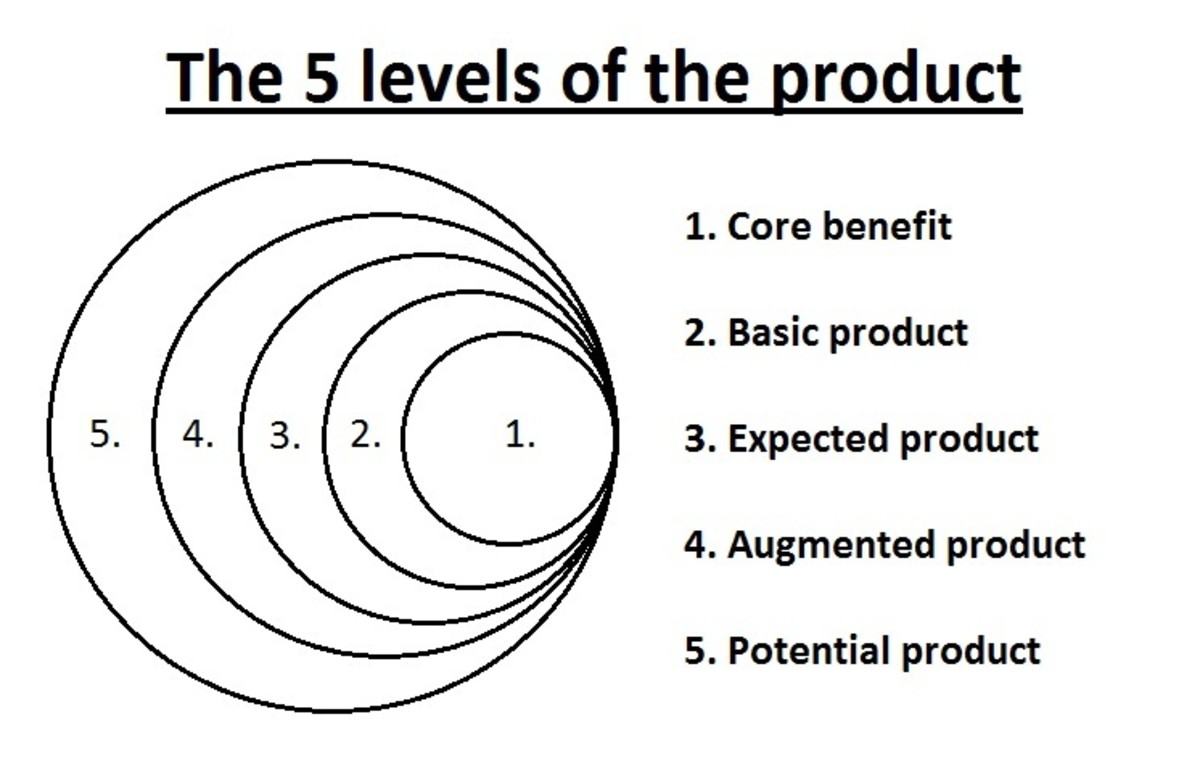THE MARKETING MANAGEMENT
The Marketing Management
After target markets are selected, the next step is the determination of marketing efforts at appropriate levels. A key question in global marketing concerns the extent to which the elements of the marketing mix product, price promotion, and place should be standardized. The marketer also faces the specific challenges of adjusting each of the mix elements in the global marketplace.
Standardization Versus Adaptation
The global marketer must first decide what modifications in the mix policy are needed or warranted. There basic alternatives in approaching global markets are available:
{1. } Make no special provisions for the global marketplace but rather identify potential target markets and then choose products that can easily be marketed with little or no modification.
{2.} Adapt to local conditions in each and every target market (the multi domestic approach).
{3. } Incorporate differences into a regional or global strategy that will allow for local differences in implementation (globalization approach).
In today's environment standardization usually means cross national strategies rather than a policy of viewing foreign markets as secondary and therefore not important enough to have products adapted for them. Ideally, the global marketer should think globally and act locally1, focusing on neither extreme: full standardization or full localization.
The question of whether to standardize or to custom tailor marketing programs in each country has continued to trouble practitioners and academics alike and has produced many and varied opinions. In the 1960s, Robert Buzzell stated that it depends on the strengths of the barriers to standardization, such as national differences in consumer preferences and legal restrictions, and on the potential payoffs of standardizing marketing strategy2. Studies on how firms view standardization have found that arguments in favor of standardizing whenever possible fall into two categories: better marketing performance and lower marketing cost3. Factors that encourage standardization in Table.
Factors Encouraging Standardization
| Factors Encouraging Adaptation
|
|---|---|
Economies in product R&D
| Differing use conditions
|
Economies of scale in production
| Government and regulatory influences
|
Economies in marketing
| Differing buyer behavior patterns
|
Control of marketing programs
| Local initiative and motivation in implementation
|
''Shrinking'' of the world marketplace
| Adherence to the marketing concept
|
The World Customer Controversy
The world customer4 identified by Ernest Ditcher almost 40 years ago has gained new meaning with Theodore Levit's suggestion that in expensive air travel and new technologies have led consumers the world over to think and shop increasingly alike5. In addition, Kenichi Ohmae has identified a new group of consumers that is emerging in triad composed of the United States, Japan, and Western Europe. Marketers can treat the triad as a single market with the same spending habits6. Approximately 600 million in number, these consumers have similar educational backgrounds, income levels, lifestyles use of leisure time, and aspirations, One reason given for the similarities in their consumer demand is a level of purchasing power that is ten times greater than that of less developed countries (LDCs) or newly industrialized countries (NICs). This translates into higher diffusion rates for certain products. Another reason is that developed infrastructures ownership of telephones and an abundance of paved roads lead to attractive markets for other products. Products can be designed to meet similar demand conditions throughout the triad. Whirlpool, after conducting consumer research throughout Europe, entered the fast growing microwave market with a product that offered various features with different appeal in different countries clearly targeted at the Eurconsumer7.
Even companies that are famous for following the same methods worldwide that they follow domestically have made numerous changes in their marketing programs, however. For instance, McDonald's serves abroad the same menu of hamburgers soft drinks, and other foods it does in United States, and the restaurants look the same. But in Japan, Ronald McDonald is called Donald McDonald because it is easier to pronounce. Menu adjustments include beer in Germany and wine in France. Of course, similar situations may occur in domestic markets; for U.S. fast-food restaurants in the Northeast do not. Bali
Globalization
Globalization is business imitative based on the belief that the world is becoming more homogeneous; further, distinctions between national markets are not only fading but for some products will eventually disappear. As a companies need to globalize their international strategy by formulating it across country markets to take advantage of underlying market, cost environmental, and competitive factors8.
About 20 percent of large U.S. corporations now consider themselves global marketers9. Companies such as Coca-Cola and Levi Strauss based their global marketing efforts one sound one sell' was a legend among global marketers, but as Global Learning indicates, the world is changing and with it the need to revise global marketing strategies. Other companies have some world products and some products that are not. If cultural and competitive differences are less important than similarities a single advertising approach can exploit the similarities to stimulate sales everywhere. This can be done at far lower cost than if campaigns were developed for each market.
Globalization differs from the multi domestic approach in these three basic ways:
1. The global approach looks for similarities between markets. The multi domestic approach ignores similarities.
2. The global approach actively seeks homogeneity in products, image marketing and advertising message. The multi domestic approach result in unnecessary differences from market to market.
3. The global approach asks, Is this product or process suitable for world consumption? The multi domestic approach relying solely on local autonomy never asks the question10.
In a globalization strategy, marketing is typically the most localized of the business functions. Even within marketing however differences exist in marketing mix elements and between companies. Elements that are strategic such as positioning are more easily globalize, while tactical elements such as sales promotions are typically determined locally. Notice that adaptation is present even at Coca-Cola which is acknowledged to be one of the world's most global marketers. The key is the worldwide use of good ideas rather than absolute standardization of all facets of the marketing programs.
{1. } Encourage local managers to generate ideas.
{2.} Ensure that local managers participate in the development of marketing strategies and programs for global brands.
{3.} Maintain a product portfolio that includes local as well as regional and global brands.
{4.} Allow local managers control over their marketing budgets so they can respond to local consumer needs and counter local competition11.
Finding the balance between over globalizing and under globalizing is indeed difficult. While the benefits of cost reduction and improved quality and competitiveness of products and programs are attractive, there are pitfalls that can leave the marketing effort catering to no one12. For Lego A/S, the Danish toy manufacturer tried American, unaltered in Japan. Subsequent research showed that Japanese consumers considered them wasteful, expensive and not very appealing.
Some firms approach markets regionally, and some have bridged local and global strategies through a regionalization policy13. As an Colgate-Palmolive considered using a one sight one sound approach and hiring one advertising agency for all brands. Eventually management settled on a regional settled on a regional approach, with one agency in Europe, another in Asia, and another country .






